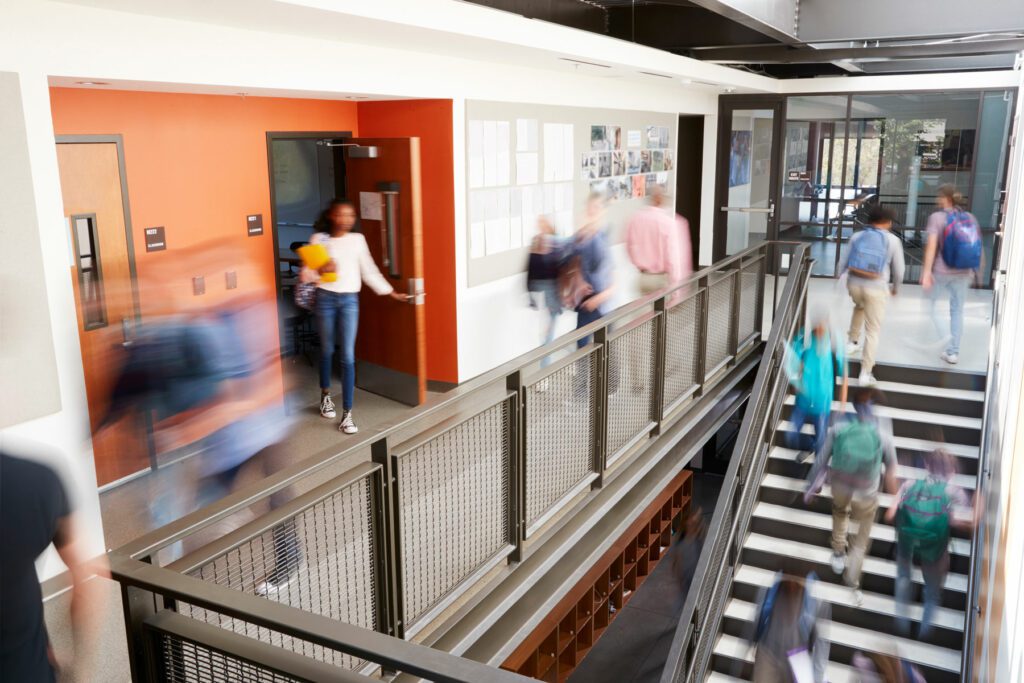The High Court recently found in favour of a school’s decision to ban prayer rituals in the case of R (TTT) v Michaela Community Schools Trust [2024].
What where the facts of the case?
The Claimant (TTT) was a Muslim pupil at the Michaela Community School (the “School”). The School had around 700 pupils from diverse ethnic and religious backgrounds with around half being Muslim. The School described its “ethos” as maintaining a strict approach to discipline and a focus on the needs of pupils as a “Team”, rather than as individuals. The School also promoted integration between pupils from different faiths, cultures and ethnic backgrounds, and minimised the social distinctions between them.
In March 2023, the School’s governing body decided to prohibit pupils from performing prayer rituals on the School’s premises. Until this point, pupils had been permitted, but not encouraged, to perform prayer rituals. The decision to ban prayer rituals applied to all prayer rituals, regardless of religion. However, there was no evidence that pupils of any religion other than Islam wished to perform prayer rituals during the school day.
The Headteacher considered that prayer rituals fostered division among pupils (including between Muslim pupils), and was therefore contrary to the School’s ethos. There had been evidence of such divisions emerging amongst pupils.
Following the introduction of the ban, a response was received from the local community, including an online campaign, bomb threat and intimidation.
In March 2023, TTT had attempted to perform prayer on school premises with others and was subject to a two-day fixed term exclusion, and later a five-day fixed term exclusion for talking to another pupil about harming the school following the introduction of the ban.
TTT conducted the majority of her prayers at home, accepting that she would not always be able to pray five times per day. However, she argued that she should be able to perform duhr, a prayer during autumn and winter which overlapped with a 50-minute-long school lunch break. TTT stated that performing duhr would have required 25 minutes of her time during this period, which she regarded as “free time” when she would otherwise meet with friends, and still allowed her 25 minutes for the School’s designated “family lunch”.
The School was of the view that Islam permitted TTT to make up for missing duhr by allowing her to qada later in the day. However, TTT argued that qada was less meaningful than performing prayer at the proper time, and was intended as a form of forgiveness to make up for prayers that were missed inadvertently (such as because of a school lessons).
TTT claimed that the School’s refusal to perform duhr breached her right to freedom to manifest her religious beliefs under Article 9 of the European Convention of Human Rights. TTT also claimed that the introduction of the ban on prayer rituals indirectly discriminated against Muslim pupils and failed to have due regard to the need to eliminate discrimination, to advance equality of opportunity and to foster good relations between Muslims and non-Muslims. Finally, TTT claimed that the fixed term exclusions she was subjected to had been procedurally unfair.
What did the High Court decide?
The Court found that the pupil’s Article 9 rights had not been interfered with as Article 9 protects “freedom” to manifest religious beliefs, rather than presenting an absolute right to do so. The Court found in favour of the School’s arguments that TTT knew that it was a secular school when she enrolled and that she may be subject to restrictions on her ability to manifest her religion and that she was free to choose another school or move schools.
The Court also found that the ban was proportionate as it had legitimate aims which outweighed the adverse effects on the rights of Muslim pupils. The legitimate aims being:
- The preservation of the School’s ethos;
- Promoting pupil’s compliance with the School’s behaviour policy;
- Protecting the School form threats and abuse;
- Avoiding logistical disruption and detriments to other school activities; and
- Avoiding detriment to pupils’ education and social cohesion within the school.
Note for Schools and Employers
In this case the School was very unusual in its ethos and the disciplinary approach that it took. Schools and Employers should not readily aim to restrict pupils or employees from their rights to manifest religious beliefs. Schools and Employers can only act in a way which could put those with protected characteristics at a disadvantage where they are clearly able to show that this is a proportionate means of achieving a legitimate aim.
This case does not provide precedent for Schools to ban prayer or other religious manifestation on its premises, but could in certain circumstances lead to careful consideration as to whether such detrimentally impacts on the ethos and aims of particular schools.



